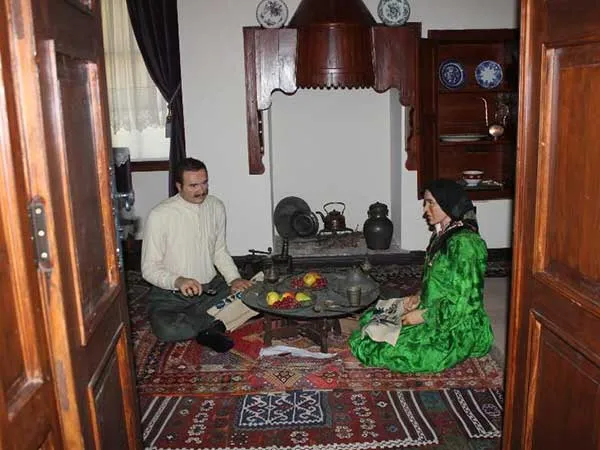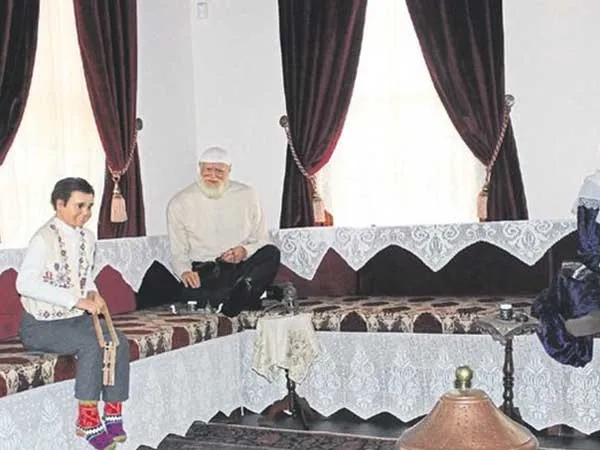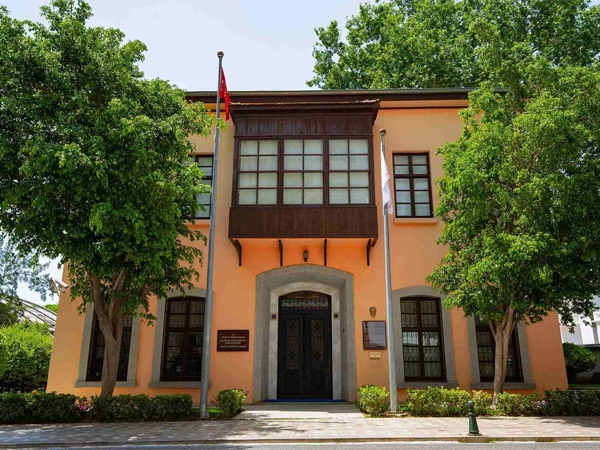Where is Antalya Ethnography Museum?
Antalya Ethnography Museum is located in the Kaleiçi district of Antalya, within the historic city walls. The museum, known for its Ottoman-era architecture, is within walking distance from the city center.
How to Get to Antalya Ethnography Museum?
You can walk to the museum from Antalya city center. Public transportation options to Kaleiçi are also available. Once you reach Kaleiçi, follow the museum signs and take a short walk to reach the museum.
What to Do at Antalya Ethnography Museum?
1. Explore the Exhibits: The museum features a rich collection reflecting daily life and traditional crafts from the Ottoman period. Many artifacts such as clothing, household items, weapons, and agricultural tools are on display.
2. Participate in Educational Programs: The museum organizes various educational programs and workshops. These activities offer an educational and enjoyable experience for both children and adults.
3. Guided Tours: The museum provides guided tours, offering visitors detailed information about the collections. These tours help you better understand the history and cultural significance of the exhibited items.
4. Take Photos: Taking photos in the historic setting, amidst Ottoman-era architecture and displayed artifacts, can be a delightful experience.
Touristic Importance of Antalya Ethnography Museum
Antalya Ethnography Museum offers visitors a history and culture-filled experience with its rich cultural heritage and collections showcasing daily life during the Ottoman period. By visiting the museum, you can take a journey into Antalya's past and trace the remnants of traditional culture.








